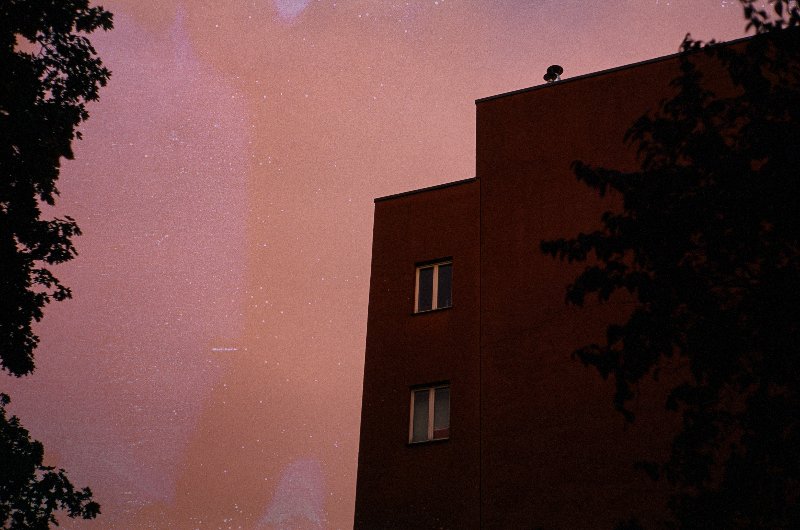Five Questions for… Igor Tereshkov
/From the series Berlin - Bydgoszcz Soup
By Sara Bellini
Igor Tereshkov refers to one of his works as “a visual anthropological exploration”, and no label would fit more suitably. Non-places, surveillance, post-soviet urbanism, the interrelation of natural and built environment are among the themes he delves into in a variety of medium spanning from documentary photography to visual art to performance..
His latest project consists of extra large cyanotypes examining our relationship with nature and waste. The idea came to him a few years ago when he was collecting plastic litter near water zones with Greenpeace. “It’s in some way a homage to Anna Atkins’s work about diversity of algae and in another way a documentation and didactic enumeration cataloguing the types and ways of using plastic in our everyday life.”
The next step in the process consists in exposing the images of the discarded plastic on the leaves from the very bushes and trees where he had found them. “All this in order to convey an idea that plastic is made, not grown [...] This is kind of a remake to the slogan of the famous ketchup, which claims that it is grown, not made, which can’t be said about the plastic bottle in which it’s often packed - as well as many other products”.
From the series Berlin - Bydgoszcz Soup
Experimental photographic techniques and the anthropocene are recurring elements in Igor’s creative practice. In 2018/2019 he went to Western Siberia to document the environmental destruction caused by petrol extraction from oil companies in the region inhabited by the Kanthy people.
The result is a collection of beautiful yet eerie black and white shots covered in dark stains, obtained by developing the film in water containing traces of oil he had previously bottled on the spot. The oil randomly corrodes the film gelatin, in the same way it damages the land, endangering the Indigenous People that had been living there for centuries. By mixing water with oil in the development stage, Igor literally allows the subject to become part of the creative process.
To accompany this interview, Elsewhere is publishing previously unseen pictures Igor took on a trip from Poland to Germany two years ago. “I had two rolls of film and a bottle of wine, later I soaked the exposed film in leftovers of wine and called this series Berlin - Bydgoszcz Soup... Later I lost the film in the lab and all I have is just these forgotten scans.”
From the series Berlin - Bydgoszcz Soup
What does home mean to you?
Home for me is usually a place to regenerate and to find balance so, more often than not, for me it’s more likely not a place but a process. And of course, speaking of home, I always want to mean safety, clarity and love. I have a firm feeling that I haven’t found yet my home at 100%, rather a place for a respite.
Which place do you have a special connection to?
I think it’s Ai-Petri, the peak of Mount St. Peter in Crimea. It’s not so big or world famous but I’ve spent many summers there during my childhood. With the whole family we would ride on a car across the peninsula and the Ai-Petri was always a special place. Every time I watch an old VHS family record it always makes me feel a special connection to that place and my childhood.
What is beyond your front door?
Four stair steps and a blue spruce, after ten footsteps there is a hammock and after twenty more footsteps a large and old spruce that would take three or four people to embrace completely. For the past three years I’ve been living in the Moscow exurb in my old family dacha.
What place would you most like to visit?
I hope one day I’ll have an opportunity to visit California.
What are you reading / watching / listening to right now?
Right now I’m reading Internal Colonization: Russia's Imperial Experience by Alexander Etkind , watching the new season of The Walking Dead and listening mostly to Tycho while running.
From the series Berlin - Bydgoszcz Soup





